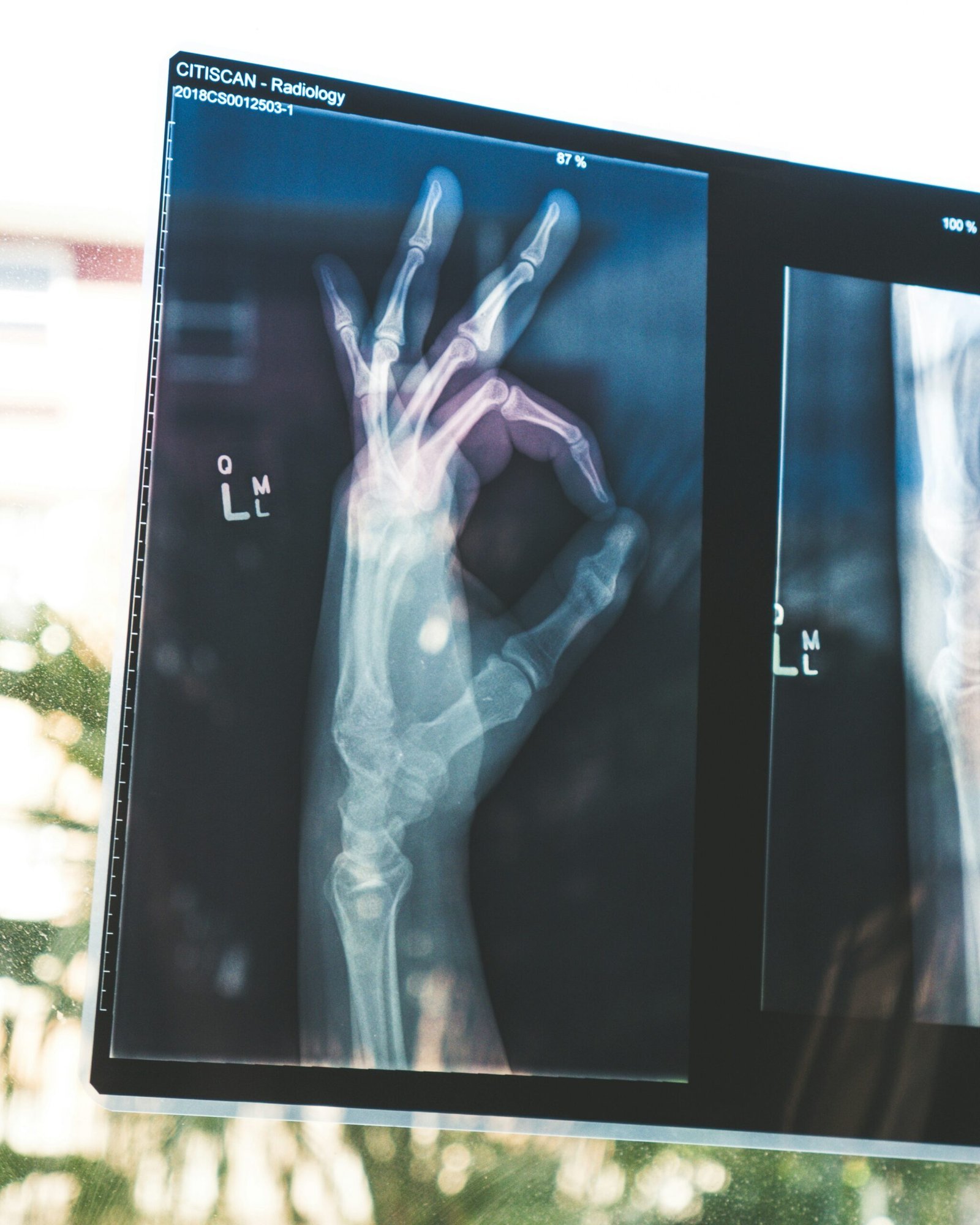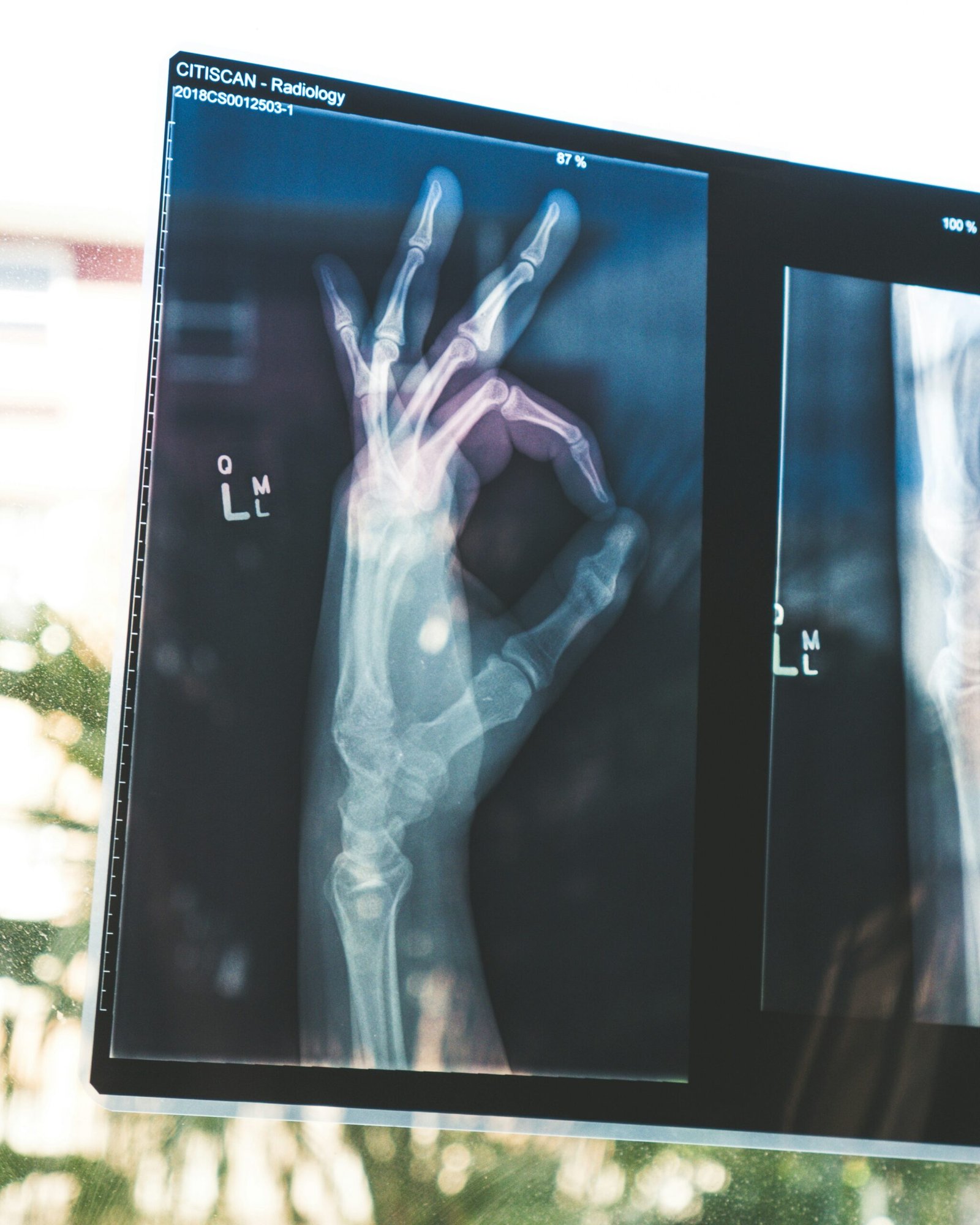
What is Osteoporosis and What Causes It?
Osteoporosis is a metabolic bone disease characterized by a decrease in bone density, resulting in an increased risk of fractures. As bones become porous and fragile, the likelihood of injury from minor falls or stressors significantly elevates. This condition often goes unnoticed until a fracture occurs, making early detection and understanding of its causes crucial for prevention and management.
The underlying cause of osteoporosis involves a complex physiological process known as bone remodeling, which is the continuous cycle of bone resorption and formation. Osteoclasts break down old bone tissue, while osteoblasts are responsible for building new bone. This balance is vital for maintaining bone strength. Disruptions in this balance often lead to a net loss of bone density, especially in older adults, where the production of new bone may slow down significantly.
One of the primary factors contributing to osteoporosis is hormonal changes, particularly in women during the post-menopausal phase when estrogen levels drop dramatically. Estrogen plays a protective role in maintaining bone density; thus, its deficiency accelerates bone loss. Other significant contributors include nutritional deficiencies, particularly a lack of essential nutrients such as calcium and vitamin D, which are key players in bone health. Calcium is necessary for bone structure, while vitamin D aids in calcium absorption.
Aging is another pivotal factor; bone density naturally decreases as individuals age due to slowed bone formation and increased bone resorption. Additionally, genetic predisposition can influence the likelihood of developing osteoporosis. Those with a family history of osteoporosis may have a higher risk, indicating that genetics play a critical role in the condition’s development.
Identifying the Risk Factors and Symptoms of Osteoporosis
Osteoporosis is a significant public health concern characterized by weakened bones and an increased risk of fractures. Understanding the key risk factors and symptoms associated with this condition is crucial for timely identification and management. Age is one of the primary risk factors, as bone density tends to decrease naturally with advancing years. Women, especially those who have undergone menopause, are at a heightened risk due to decreased estrogen levels, which play a crucial role in maintaining bone density.
Family history is another noteworthy risk factor; individuals with a familial predisposition to osteoporosis may have a higher likelihood of developing the condition themselves. Certain medical conditions, including rheumatoid arthritis, hormonal disorders, and gastrointestinal diseases, can also contribute significantly to bone loss. Furthermore, lifestyle choices greatly influence bone health. Regular physical activity, particularly weight-bearing exercises, is essential for building and maintaining bone mass. On the contrary, smoking and excessive alcohol consumption can accelerate bone deterioration, increasing the risk of osteoporosis.
While osteoporosis often progresses silently, several symptoms can indicate its presence. Early signs may include unexplained back pain, height loss, and a stooped posture. These symptoms often go unnoticed until more serious issues arise. The most alarming consequence of osteoporosis is the chance of fractures, which typically occur in the hip, wrist, or spine. Such fractures can severely impair mobility and independence, profoundly affecting an individual’s quality of life. Therefore, recognizing these risk factors and symptoms is essential for preventing osteoporosis and ensuring adequate medical intervention when necessary. Early detection and proactive measures can potentially mitigate the impact of this condition on one’s life.
Preventing Osteoporosis: Diet, Exercise, and Lifestyle Changes
Preventing osteoporosis is vital for maintaining bone health and reducing the risk of fractures as individuals age. A well-balanced diet plays a significant role in supporting bone density. It is essential to ensure that the diet is rich in calcium and vitamin D, which are critical for strong bones. Calcium is the primary mineral found in bones, making it necessary for individuals to consume adequate amounts through dairy products, leafy greens, and fortified foods. Vitamin D aids in the absorption of calcium and can be obtained from sunlight exposure, fatty fish, eggs, and fortified dairy products. Additionally, a range of other nutrients, including magnesium, phosphorus, and vitamin K, contribute to maintaining healthy bones and should be included in daily dietary intake.
Regular physical activity is another cornerstone in the prevention of osteoporosis. Engaging in weight-bearing exercises, such as walking, dancing, or jogging, encourages bone formation and increases bone density. Resistance training, utilizing weights or resistance bands, is also beneficial as it enhances muscle strength and stability, which are crucial for overall skeletal health. The combination of aerobic activity and strength training can help reduce the risk of falls, further protecting against fractures associated with osteoporosis. Incorporating these exercises into a weekly routine can substantially impact an individual’s bone health.
Moreover, lifestyle changes play an influential role in preventing osteoporosis. It is advisable to avoid smoking, as tobacco use can significantly impair bone health and increase the risk of osteoporosis. Limiting alcohol intake is equally important; excessive consumption can interfere with the body’s ability to absorb calcium and may negatively affect bone formation. Therefore, adopting healthy habits and making informed choices regarding diet and physical activity is essential for preventing osteoporosis and ensuring long-term bone strength.
Advancements in Osteoporosis Treatments and Practical Tips for Bone Health
Recent advancements in osteoporosis treatments have significantly improved the management of this condition, allowing for better patient outcomes. Bisphosphonates remain one of the most commonly prescribed classes of medications for osteoporosis. They function by inhibiting the activity of osteoclasts, the cells responsible for bone resorption, thereby strengthening bone mass. More recent therapies, such as monoclonal antibodies like Denosumab, offer an alternative mechanism that targets RANKL, a protein essential for osteoclast formation and function. This approach has demonstrated efficacy in reducing the risk of fractures in postmenopausal women and men with osteoporosis.
Additionally, the introduction of anabolic agents, like Teriparatide and Abaloparatide, represents a novel strategy aimed at stimulating bone formation rather than simply preventing loss. These treatments are particularly beneficial for individuals with severe osteoporosis who are at a high risk for fractures. Emerging therapies, including investigational drugs and gene therapies, continue to undergo clinical trials, promising future options for those affected by osteoporosis.
Beyond medical interventions, individuals can take proactive steps to enhance their bone health. Regular check-ups and bone density screenings can help monitor bone health and allow for timely interventions when necessary. Incorporating weight-bearing exercises into daily routines fosters stronger bones; activities such as walking, jogging, or resistance training can be highly beneficial. Furthermore, ensuring adequate intake of calcium and vitamin D through diet or supplements is crucial in maintaining optimal bone density.
Implementing fall prevention strategies is also essential, especially for older adults. This includes ensuring a safe living environment, wearing supportive footwear, and utilizing assistive devices as needed. It is vital to adopt a holistic approach to bone health by combining medical management with lifestyle modifications. Through these practices and advancements in treatments, individuals can work towards stronger bones and a healthier future.

Leave a Reply